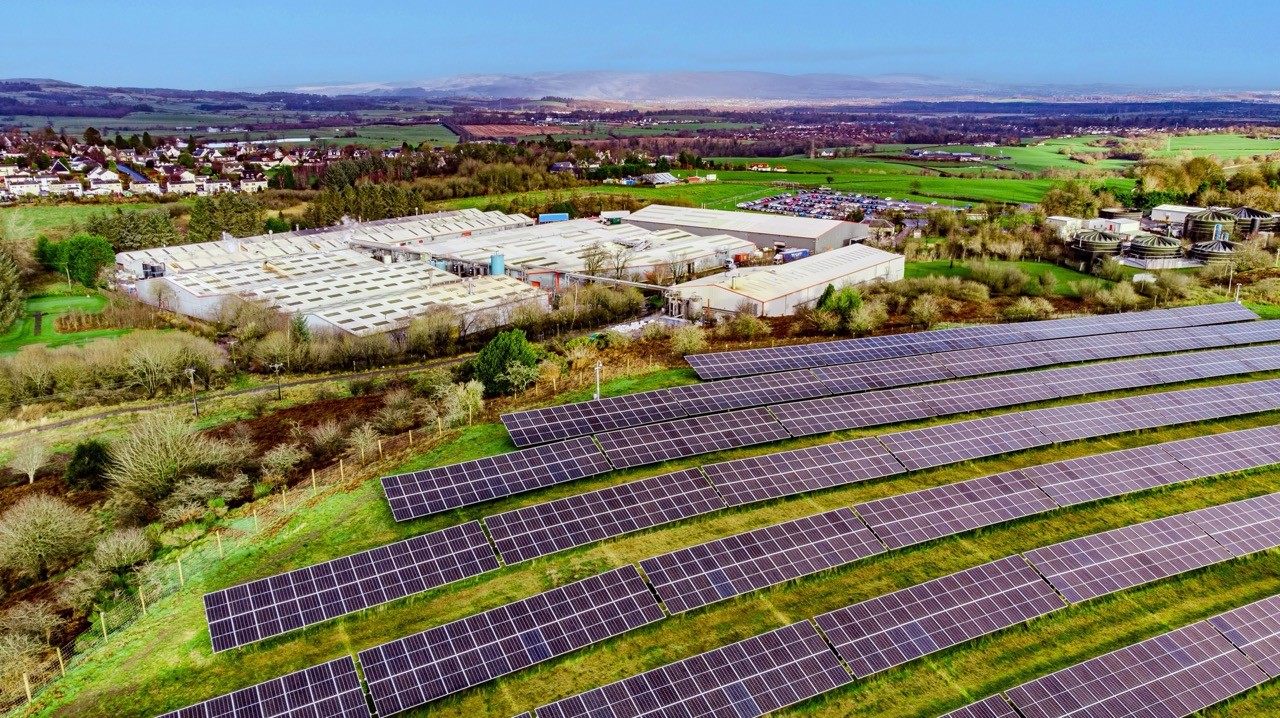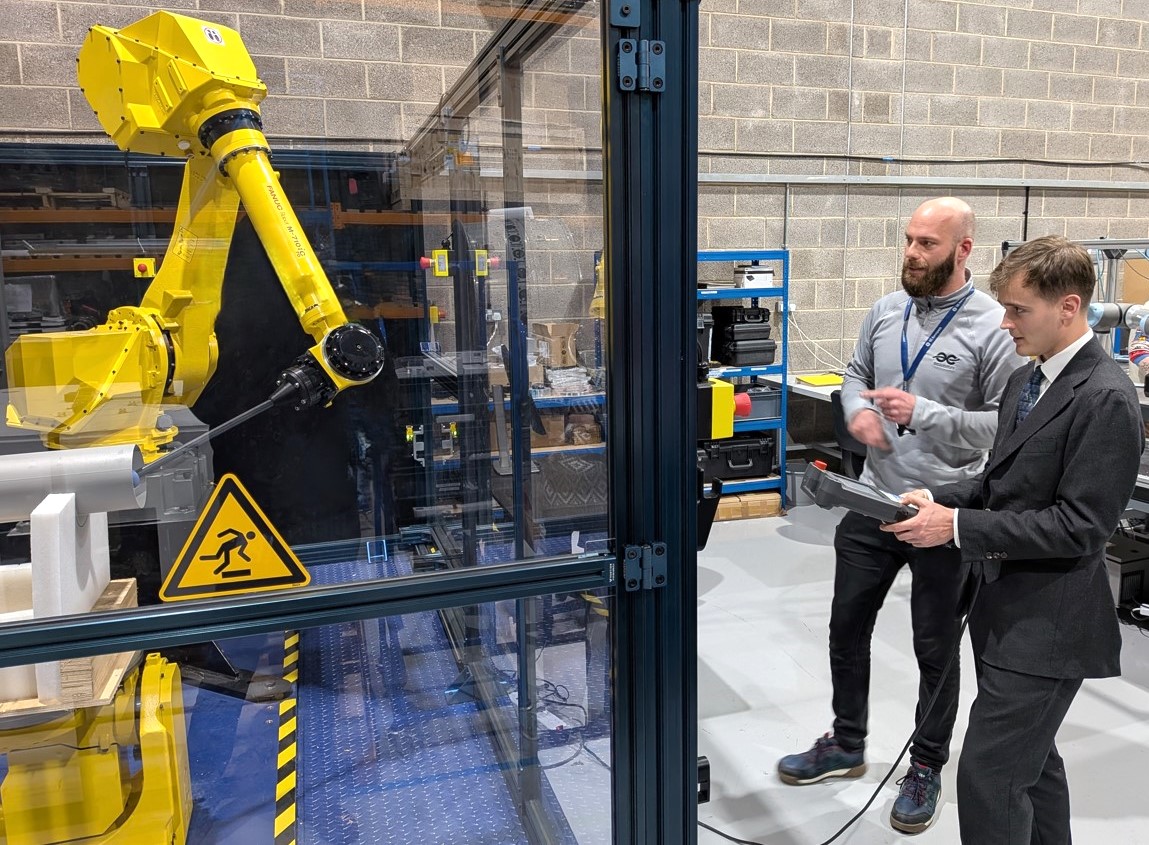Cirium sees £2.1tn new aircraft spend by 2039 despite pandemic

Image copyright Shutterstock
The Cirium Fleet Forecast is published by Ascend by Cirium, the consultancy arm of the global aviation and air travel data and analytics company, Cirium.
It predicts that 43,315 new passenger and freighter aircraft will be delivered between 2020 and 2039.
That represents an 8% drop compared to the 20-year outlook in the 2019 Cirium Fleet Forecast and includes some 4,600 fewer deliveries in the next decade.
Chris Seymour, Ascend by Cirium Head of Market Analysis, said: “Following 10 consecutive years of uninterrupted demand growth, the 2020 COVID-19 crisis has led to a dramatic reduction in global traffic and record industry losses.
“Worldwide deliveries during 2020 are expected to be 45% lower than in 2019. However, the numbers will gradually recover and surpass the previous peak (in 2018) during 2025, assuming traffic bounces back as predicted.”
Flying hours will also fall by 45% in 2020 to 94 million, compared to 170 million in 2019. However, the use of more fuel efficient aircraft this year means that total CO2 emissions are likely to fall by 50%. Over the next 20 years, total flying hours will increase to 310 million.
To ensure his year’s forecast is an accurate reflection of the prevailing market conditions, the Ascend by Cirium team set aside its traditional prediction methodologies and adopted a scenario-based approach – specifically for the 2020-2024 period.
The recovery scenario in this year’s forecast assumes traffic will level off at 60-70% down on 2019 during the winter of 2020/21, before recovering slowly until 2024, when 2019 traffic levels may return once again.
Richard Evans, Ascend by Cirium Senior Consultant, said: “It is clear that, for the foreseeable future, there will remain substantially more supply of aircraft than there is demand.
“This includes supply of new-build aircraft, mid-life assets returned to lessors, or aircraft simply parked by their airline owners. It also seems obvious that there will eventually be many airline failures, especially among smaller, non-government-backed carriers.”
Asian markets will be the growth engine for the global aviation industry during the next two decades. China looks to be the biggest single destination for new commercial and passenger aircraft deliveries between 2020 and 2039, with a 22% share – one point ahead of the rest of Asia combined.
The share of deliveries to Europe will drop 4%, from the 20% we see now to 16% by 2039. This still means that over 7,000 new aircraft will be delivered to European airlines over the two decades.
Only 6% of new aircraft will be delivered to the Middle East, however as these deliveries comprise higher levels of twin-aisle aircraft, the region will account for 10% of the total value of deliveries.
Seymour added: “Over the next 20 years these deliveries will drive the Chinese fleet to grow at the highest rate anywhere – almost 6% a year – to virtually equal the North American fleet with a 22% share in 2039, or ten points higher than today.
Asia Pacific will grow two points to 20%, while Europe’s current 20% fleet share will shrink to 16%.”
Airbus and Boeing are expected to remain the two largest commercial aircraft manufacturers (OEMs), between them delivering an estimated 77% of aircraft and 86% by value through 2039.
In the passenger market, single-aisle jets will account for 67% of deliveries and 54% of delivery value, with the core of this US$1.5 trillion (£1.1 trillion) market continuing to be the 150-seat size, typified by the Airbus A320neo and Boeing 737 Max 8.
The US$1.1 trillion (£824 million) twin-aisle market will focus on 787s and A350s, with ‘mid-sized’ 250-300 seaters taking almost two-thirds of delivery value. Twin-aisle supply will remain the last duopoly in the commercial sector until the turn of the decade.
Seymour said: “There is still US$400 billion (£300 billion) of demand for other OEMs or new programs. For example, China and Russia have launched the 300-seat CR929 and 800 deliveries are forecast for this or other unspecified twin-aisles from existing and new OEM programmes.”
Looking long-term, reaching the forecast traffic growth will require the global passenger fleet to increase by just over 20,000 units. That equates to a 2.9% annual growth rate, taking the fleet to some 47,000 aircraft by the end of 2039.
This still represents a reduction of some 5,000 aircraft (10%) over the numbers forecast in the 2019 Cirium Fleet Forecast, reflecting the loss of growth during the post-pandemic years.
The single-aisle fleet will grow faster at 3.5% annually, against 2.7% for twin-aisles due to long-haul traffic taking longer to recover. The regional aircraft fleet will grow more modestly at just over 1%.
About 82% of the current fleet is forecast to be retired from passenger service during the 20-year period, with 74% for freighters, which have longer economic useful lives. Overall there will be over 21,600 retirements. The freighter fleet will grow by at almost 2% annually to reach 4,100 aircraft.
Seymour said: “Our traffic modelling assumes a slow recovery, with 2019 traffic levels not being reached until 2024. Beyond 2024 we therefore expect to return to more traditional growth paths, but perhaps in a structurally different industry.”
The Cirium Fleet Forecast is an independent outlook of the global commercial passenger and freighter aircraft market.












